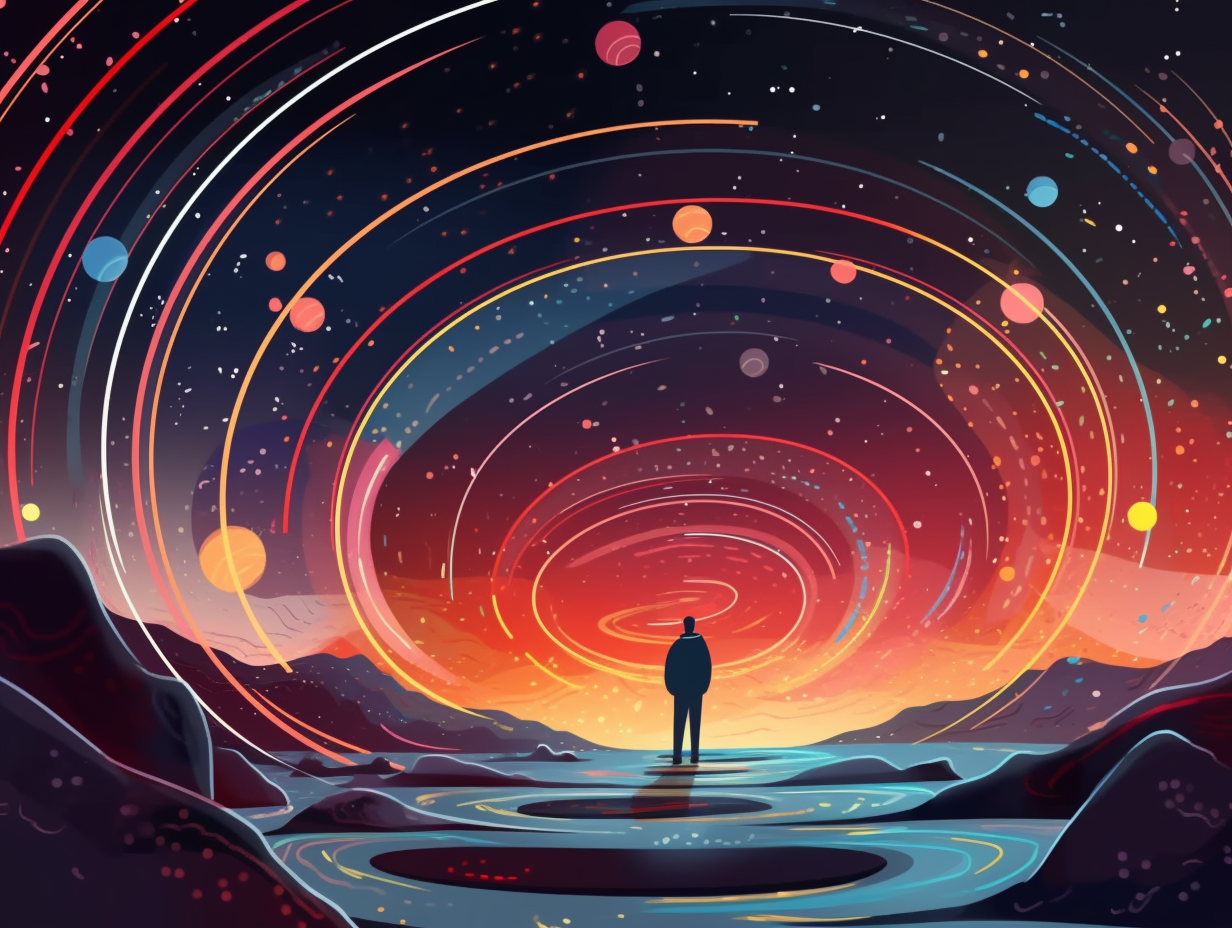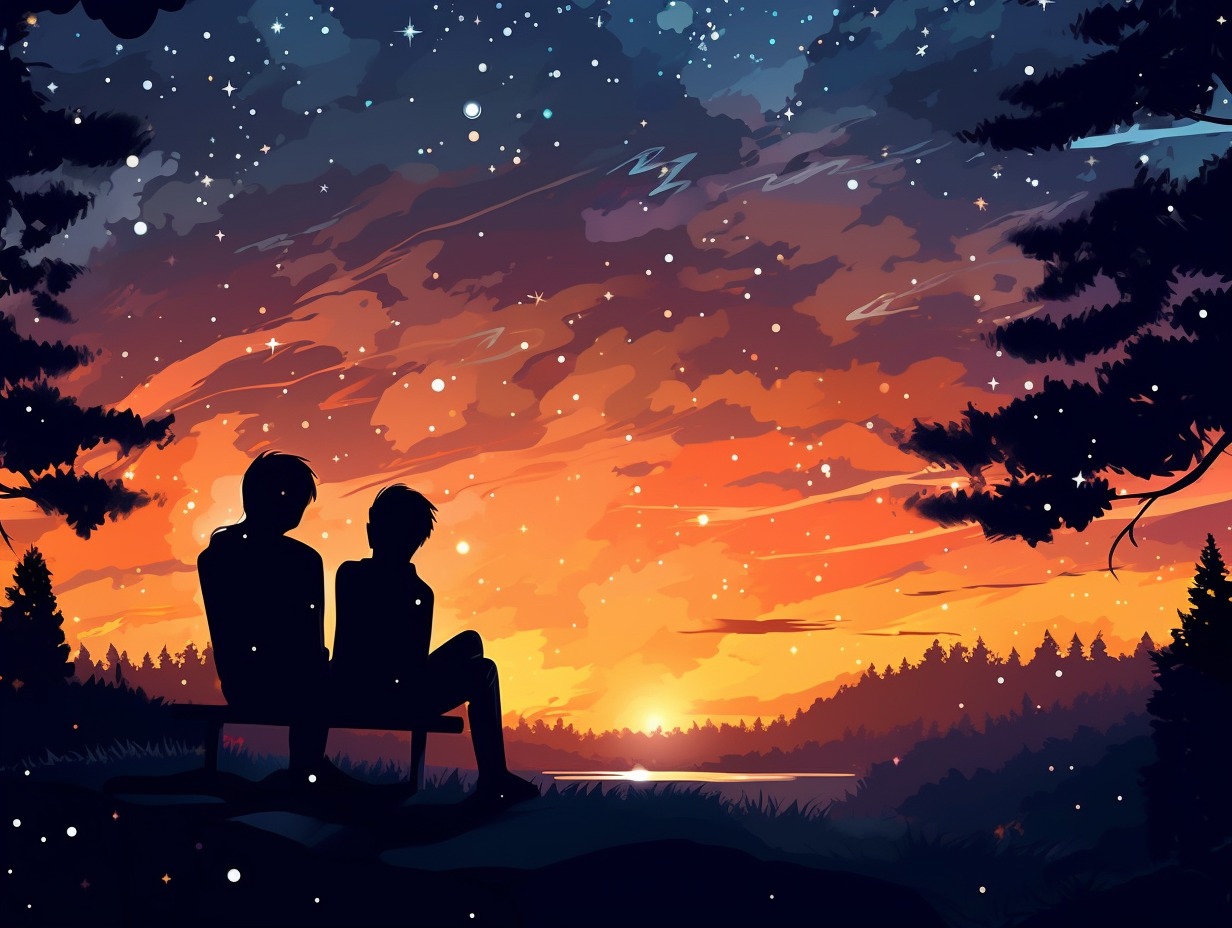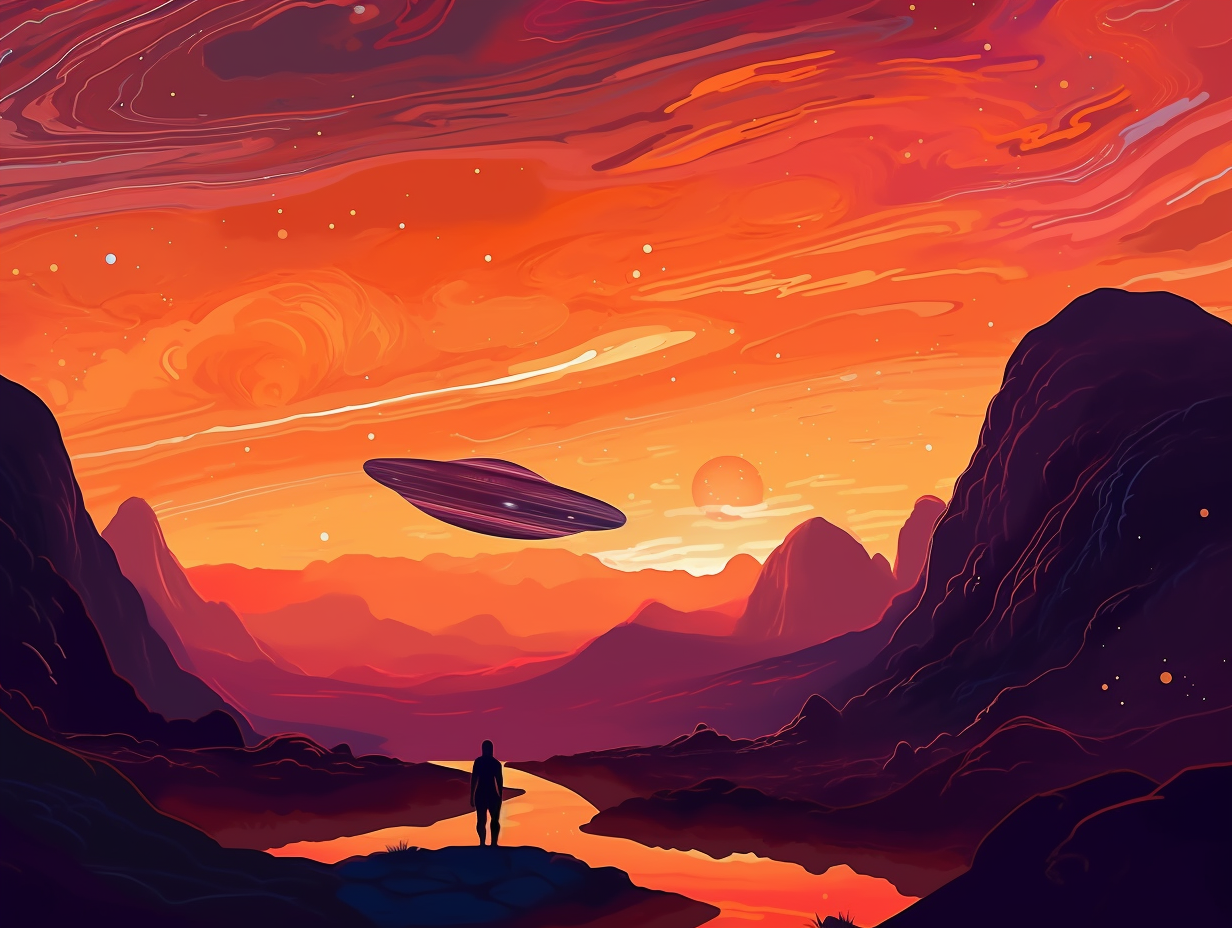Discover the Cosmic Wonders: Top 14 Fun Facts About Irregular Galaxies
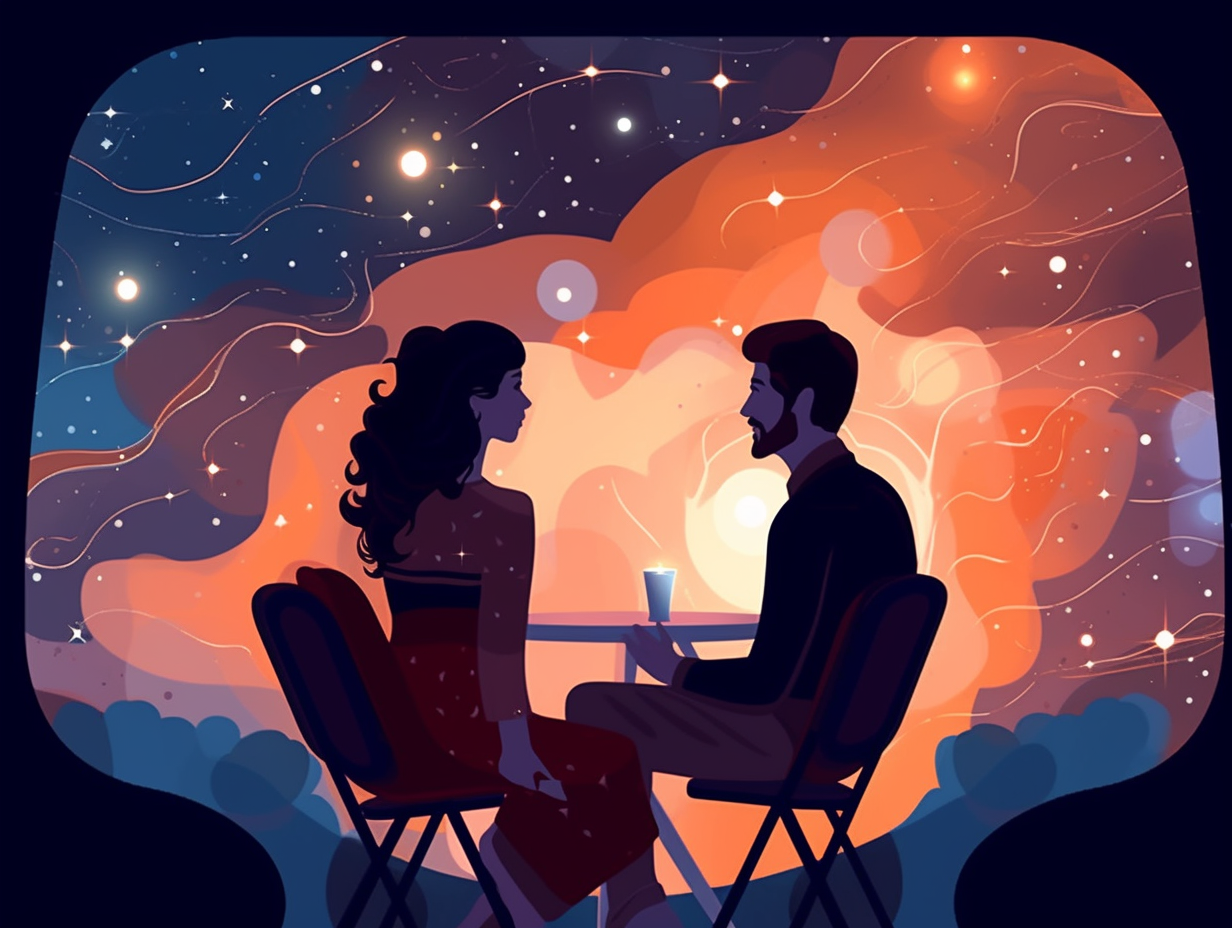
1. Cosmic Jackson Pollocks
While their messy appearance may earn them the title of "cosmic Jackson Pollocks," irregular galaxies aren't creating abstract art in the universe: They simply lack a distinct shape due to factors like gravitational interactions, gas and dust content, and environmental effects, leading to their disorderly structure and making up about 25% of all known galaxies, while offering astronomers valuable insights into universal evolution.
Source => en.wikipedia.org
2. Stardust Show-Stoppers
Why did the stardust cross the universe? To form unpredictable, show-stopping galaxies, of course: Irregular galaxies, featuring an abundance of gas and dust, exhibit vibrant, dynamic star-forming regions that give them a dashing, colorful appearance.
Source => study.com

Did you know Andromeda is the Miss Hannigan of galaxies, constantly gobbling up smaller ones? Discover its latest galactic meal that left the Dulais Structure behind!
=> Fun Facts about Galaxies
3. Secret Dance Clubs
Dancing to the tune of X-ray pulsars, the Small Magellanic Cloud sounds like a secret dance club for celestial objects where neutron stars steal the spotlight: The SMC actually contains a large population of X-ray binaries, and recent star formation has resulted in over 50 X-ray pulsars in outburst, attracting stargazers to their riveting cosmic performance.
Source => en.wikipedia.org
4. Tarantula Nebula Soup Kitchen
Picture the Tarantula Nebula as a cosmic soup kitchen, serving up sizzling radiation specials to unraveling gas clouds on the side: This irregular galaxy's young stars unleash powerful optical and ultraviolet radiation, transforming the gaseous atmosphere into intricate, three-dimensional bubbles and ridges, visible thanks to Hubble's keen eye.
Source => hubblesite.org
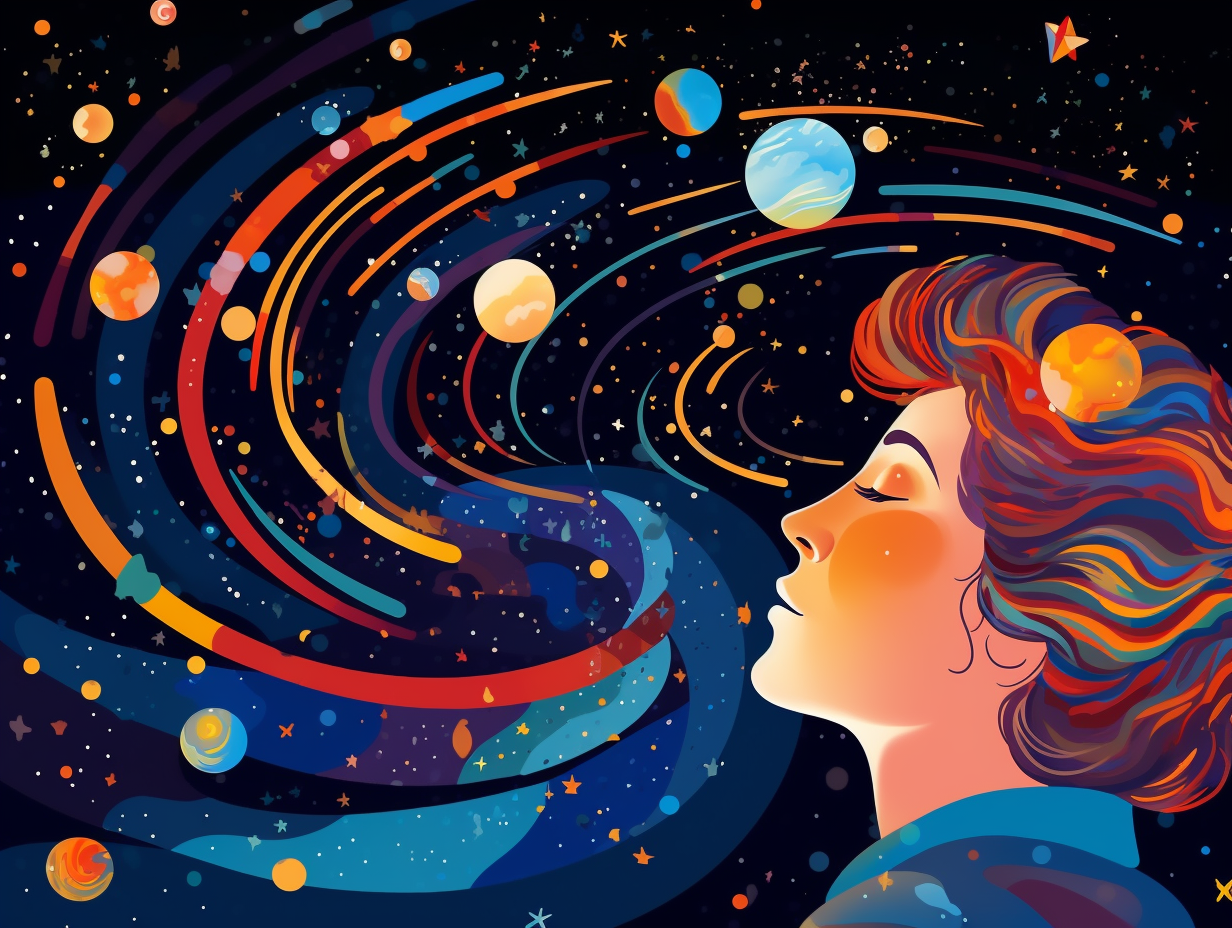
5. Class Rebels of Galaxies
If irregular galaxies were party guests, they'd be the wild ones with unkempt hair and untucked shirts, bringing an abundance of cheap beer and showing us that sometimes chaos can be a good thing: It turns out, these unstructured star systems offer scientists unique insights into star formation processes by allowing them to study other factors, as irregular galaxies are smaller, less massive, more gas-rich, and lower in metallicity compared to their more orderly spiral counterparts.
Source => ned.ipac.caltech.edu
6. Wild & Unkempt Yearbook Stars
If galaxies were a school yearbook, irregular galaxies would be the class rebels with their untamed hairstyles and devil-may-care attitudes: These cosmic wild cards lack a distinct shape and structure, often appear messy and chaotic, yet still manage to have high levels of interstellar gas and dust that can lead to the formation of new stars, and sometimes even exhibit characteristics of both spiral and elliptical galaxies.
Source => hubblesite.org
7. Chaotic House Party
Looking for a chaotic cosmic house party? Head on over to an irregular galaxy, where stars are born left, right, and center: These unruly galactic neighbors contain up to 90% gas, sparking on-going star formation that rivals even the most enthusiastic of sock-hop shindigs and leaves their elliptical gang in a dusty ol' trail of Pop II stars.
Source => astronomy.ohio-state.edu
8. Galactic Mavericks
Lurking in the shadows of the cosmic dance floor, irregular galaxies like to make a scene with their unmatched, chaotic choreography: These astronomical mavericks arise from galactic collisions or close encounters, inspiring rampant star formation and defying the Hubble classification scheme, with the Large Magellanic Cloud being a widely-acclaimed interstellar celebrity of this genre.
Source => lifeng.lamost.org
9. Petite Spotlight Thieves
If you thought astronauts had job-envy from their smaller, sleeker satellite sidekicks, just wait till you hear about the drama unfolding between cosmic giants and their tiny, less blinged-out galaxy neighbors: Dwarf irregular galaxies might be petite and low on cosmic swag, but they stole the spotlight in the early stages of galaxy and star formation, playing a bigger role in the young Universe's history than previously thought. Thanks to some Hubble and ESA's Gaia satellite sleuthing, we're now uncovering bright, star-forming nebulae and individual stars in these dwarf galaxies to better understand the cosmic blockbuster that was the early Universe.
Source => esahubble.org
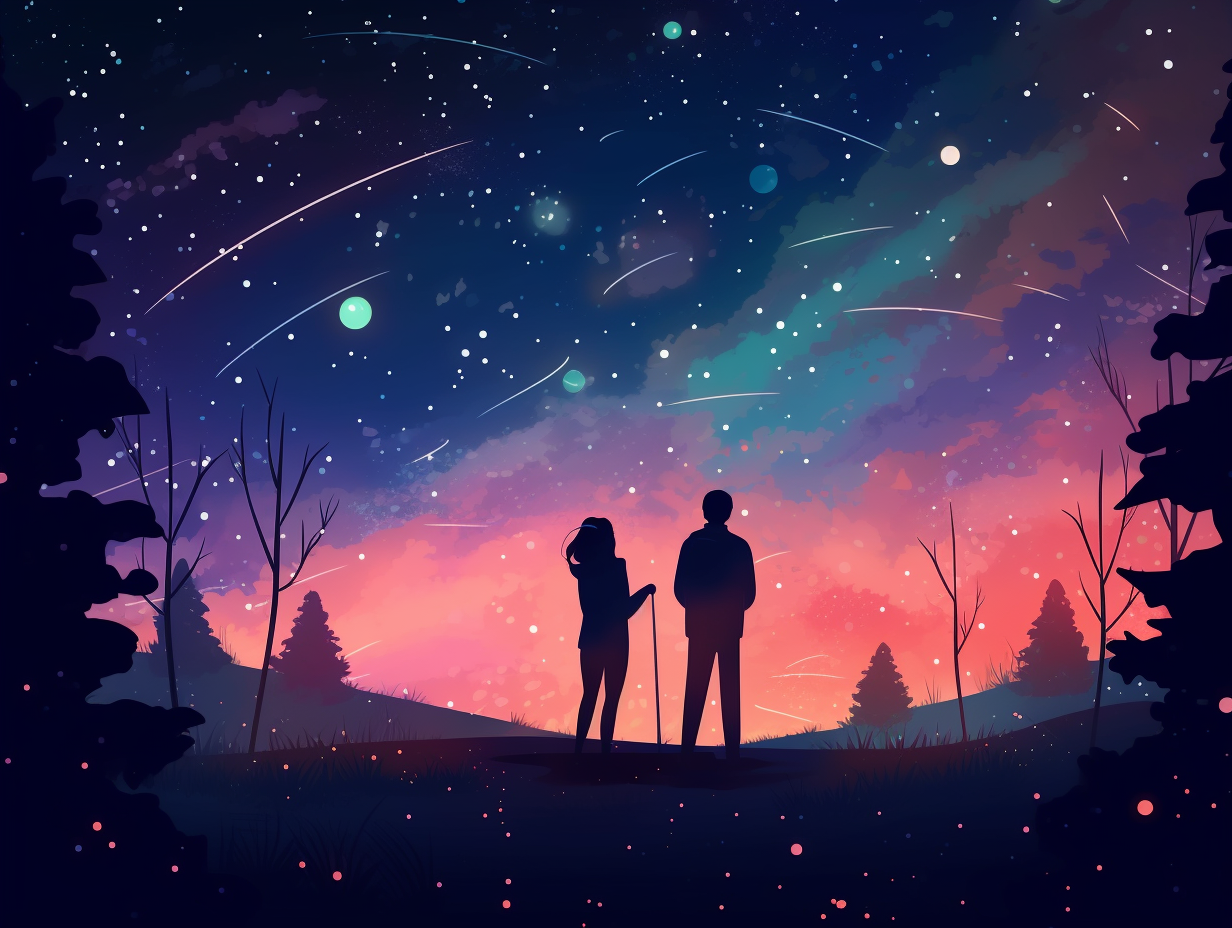
10. Gravity's Stage-Five Clinging
Gravity, the ultimate stage-five clinger: Despite all the chaos within irregular galaxies, it just can't resist bringing stellar nurseries together, like 30 Doradus in the Large Magellanic Cloud, which has seen over 800,000 stars born, including 500,000 big, buff, and steamy celestial bodies prime for some astronomical scrutiny.
Source => public.nrao.edu
11. WLM's Hidden Order
They say you can't predict chaos, but with irregular galaxies, we're happy to take a WLM at it: Astronomers have discovered that even the seemingly disordered WLM galaxy follows patterns and rules, providing valuable insights into the formation and evolution of these celestial wild childs!
Source => mpi-hd.mpg.de
12. Eccentric Cosmic Cats
Irregular galaxies, eccentric cosmic cats among the more astute celestial dogs if you will, shirk the confines of conformity to spark birth waves to brilliant blueness, all the while masquerading in the reddened rouge of dusty debris: Brilliant bebop artists in a sea of cosmic strings, irregular galaxies shatter classical celestial structures, bursting with vibrant, hot young star formations and wrapped in the mysterious allure of red-tinted dust clouds.
Source => astronomy.nmsu.edu
13. Flirting Galactic Party
Irregular galaxies sure know how to "star" (chuckles), a party: with a little bit of mingling, some flirting, and even the occasional merger with neighboring galaxies, all while keeping their unique shape! But seriously now: irregular galaxies often feature active star formation and can have black holes at their centers, with their chaotic appearance resulting from gravitational interactions with other galaxies or simply passing close to another galaxy and being shaped by its gravitational pull.
Source => thoughtco.com
14. Magellanic Mayhem
Forget the Milky Way, it's time for a "Magellanic Mayhem"! These chaotic cosmic party crashers have astronomers playing detective and unlocking mysteries in the galactic realm: Irregular galaxies, like the Large and Small Magellanic Clouds, help us understand galaxy formation and evolution, while their distorted shapes clue us in on past interactions with other galaxies that have shaped their cosmic journeys.
Source => teachastronomy.com
Related Fun Facts

